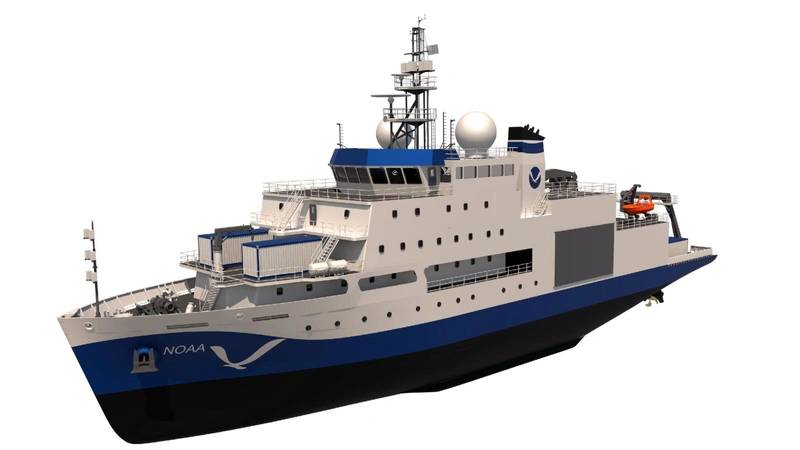The National Oceanic and Atmospheric Administration (NOAA) has revealed the names of two new charting and mapping vessels it ordered from Thoma-Sea Marine Constructors in 2023.
The names Surveyor and Navigator were chosen from a list of suggestions by NOAA staff, adhering to the agency’s naming policy that emphasizes vessels named for their missions.
The name Surveyor holds significant historical weight. It not only pays homage to NOAA’s mission but also honors two previous vessels that bore the same name. The first Surveyor, launched in 1917, was the first oil-burning steamer in the Coast and Geodetic Survey fleet, a precursor to NOAA. This ship primarily operated in the North Pacific and Bering Sea, playing a key role in ocean surveying. Surveyor Bay in Alaska was named in recognition of its contributions during surveys conducted in 1936. The second Surveyor served from 1960 to 1995, conducting hydrographic surveys across diverse locations, from Alaska’s Norton Sound to American Samoa.
Both the Surveyor and Navigator will be built by Thoma-Sea Marine Constructors in Houma, La., with completion expected in 2027 and 2028. The contract includes options for up to two more vessels
The vessels are primarily designed for ocean mapping and nautical charting, furthering NOAA’s commitment to providing essential tools and information for safe navigation in U.S. waters. Their homeports have yet to be determined.
Since its inception as the U.S. Coast Survey in 1807, NOAA has been pivotal in ensuring maritime safety, facilitating nearly $5.4 trillion in economic activity annually through U.S. ports. NOAA’s vessels survey thousands of square miles of ocean annually, collecting vital data that is integrated into nautical charts and other resources indispensable for mariners. The introduction of the Surveyor and Navigator is part of NOAA’s broader initiative to modernize its aging fleet. Currently, the average age of NOAA ships stands at 30 years, with several vessels expected to retire by 2030.
In addition to these new ships, NOAA is also constructing two oceanographic vessels, Oceanographer and Discoverer, set to launch in 2026. These vessels will support various NOAA missions, from oceanographic research to studies on marine life and climate change.
All new ships in the NOAA fleet will utilize advanced clean energy technologies, including emission controls and high-efficiency diesel engines, in alignment with NOAA’s goal of achieving net-zero emissions.

